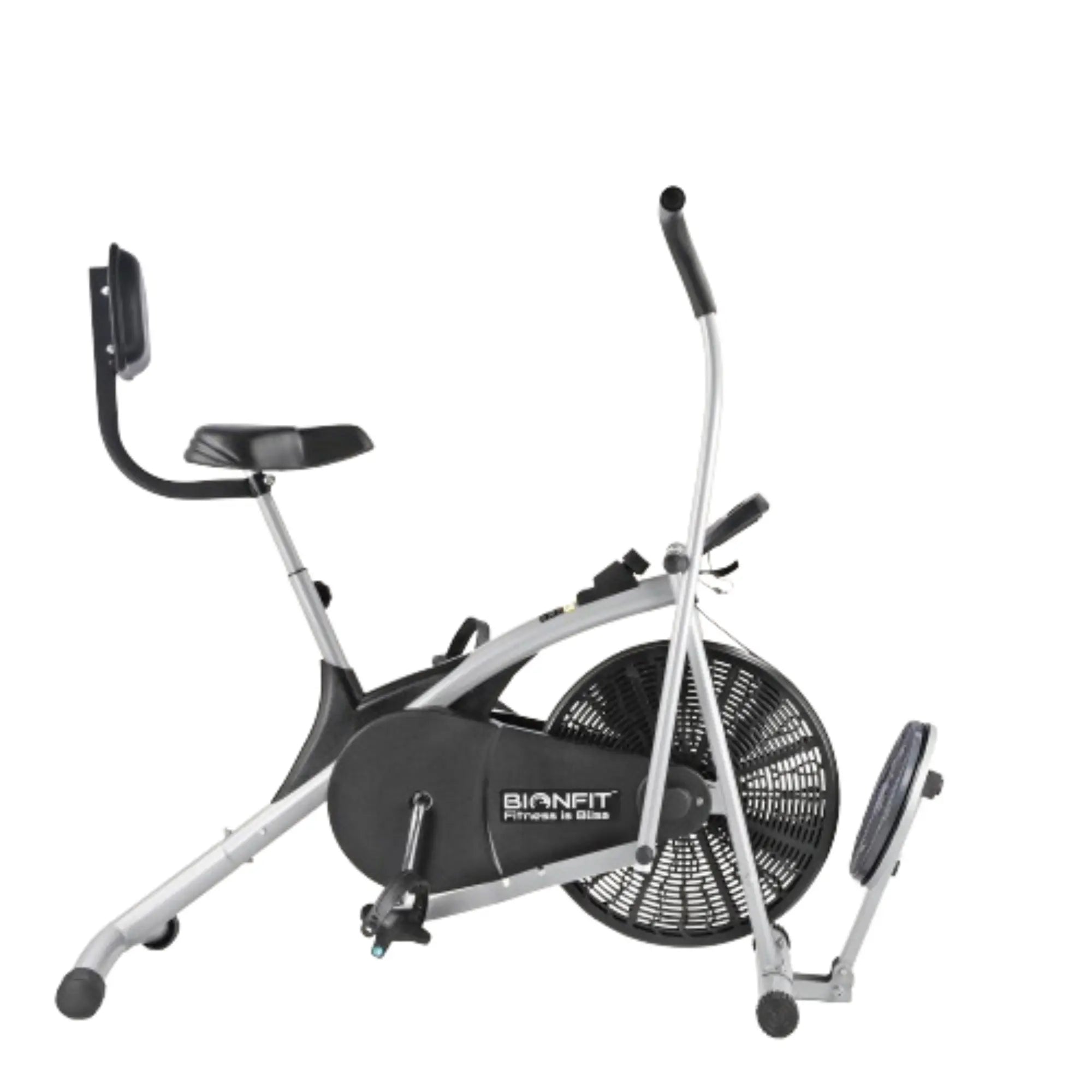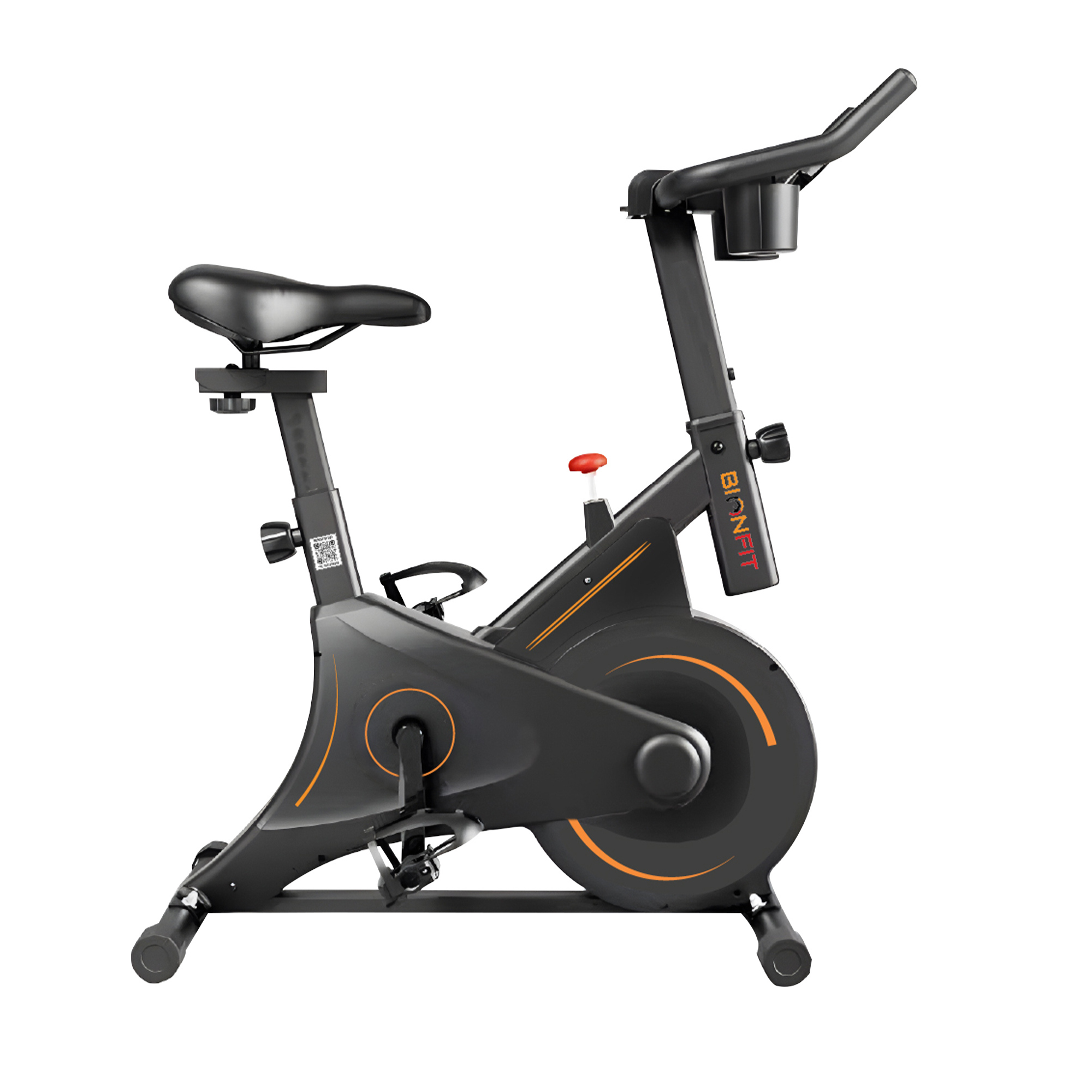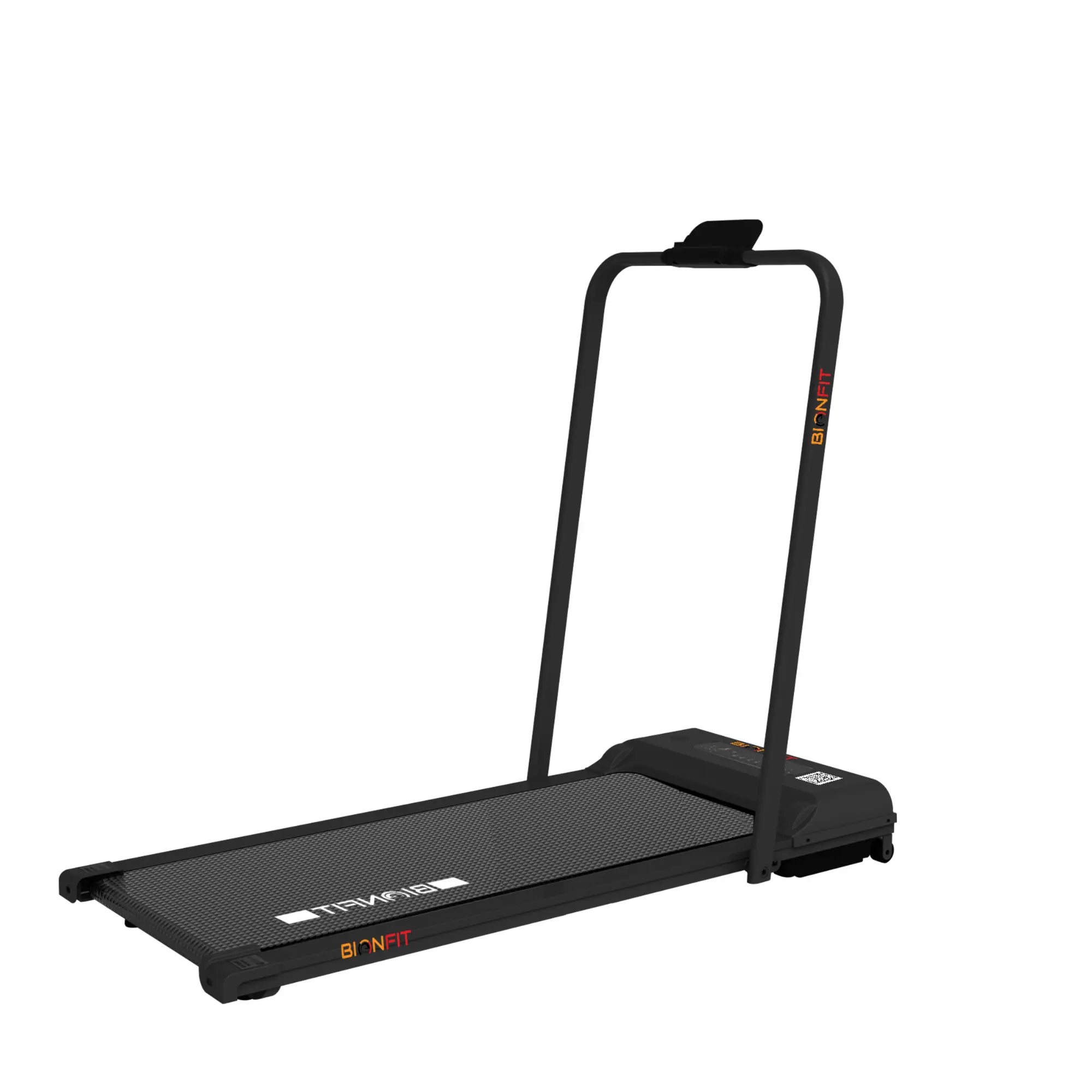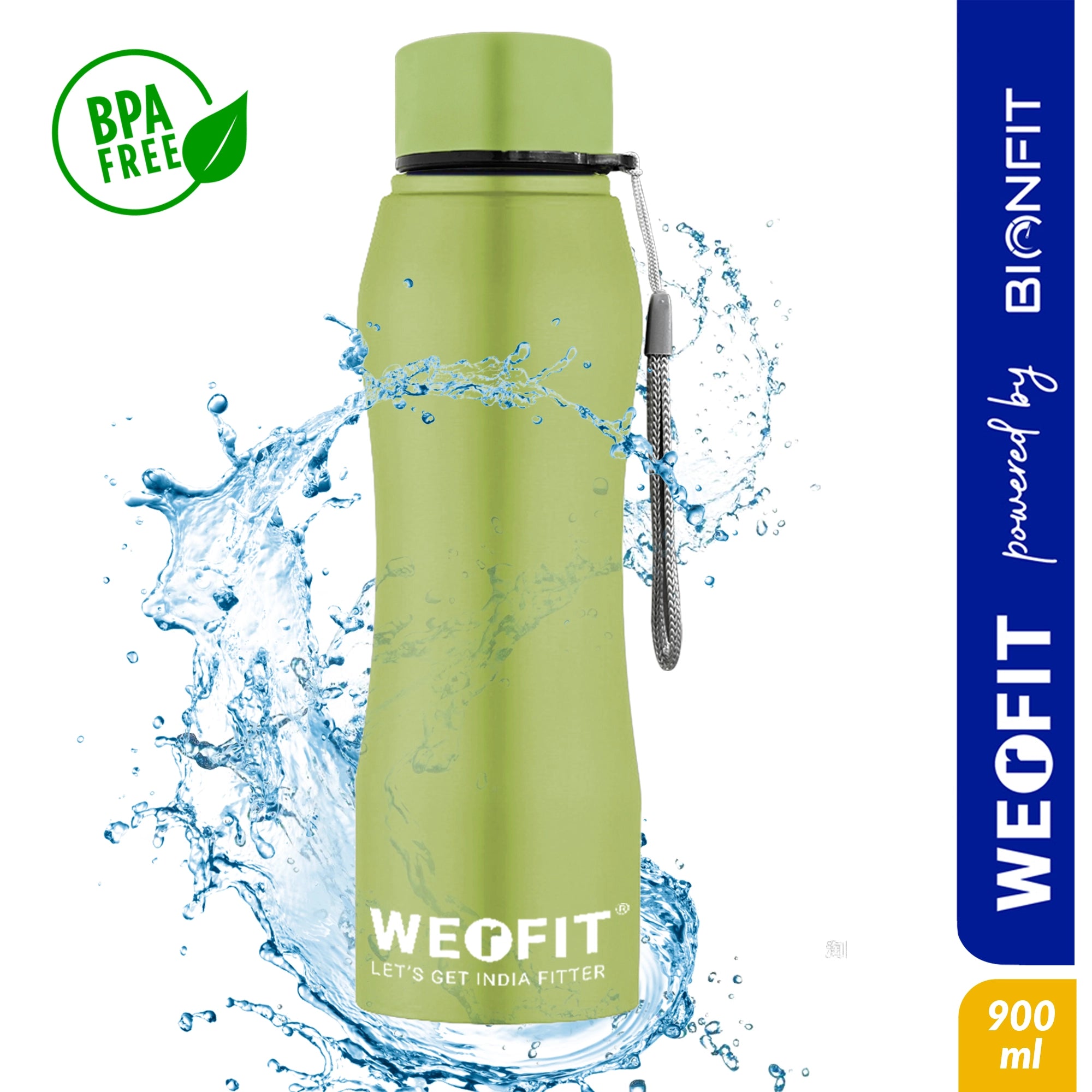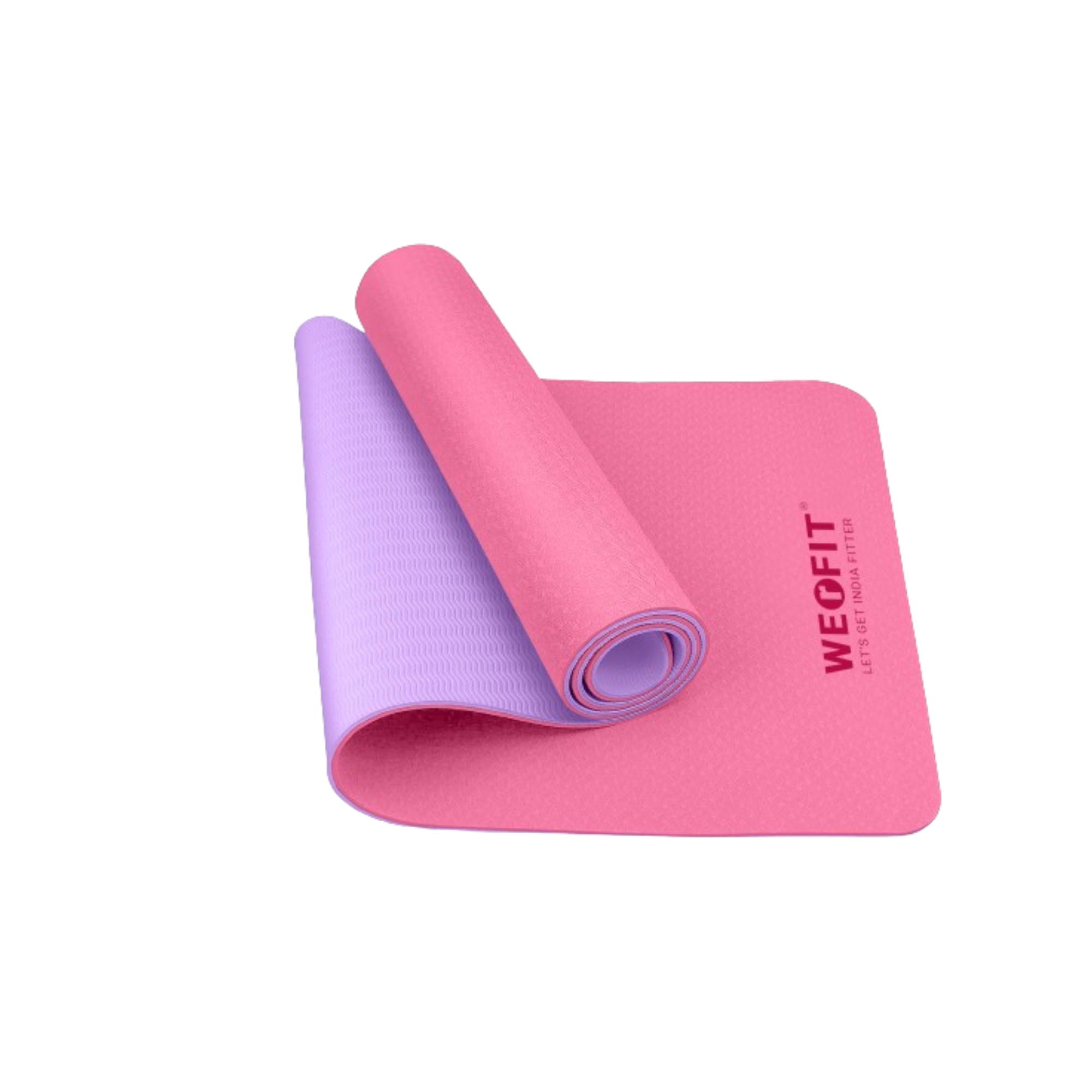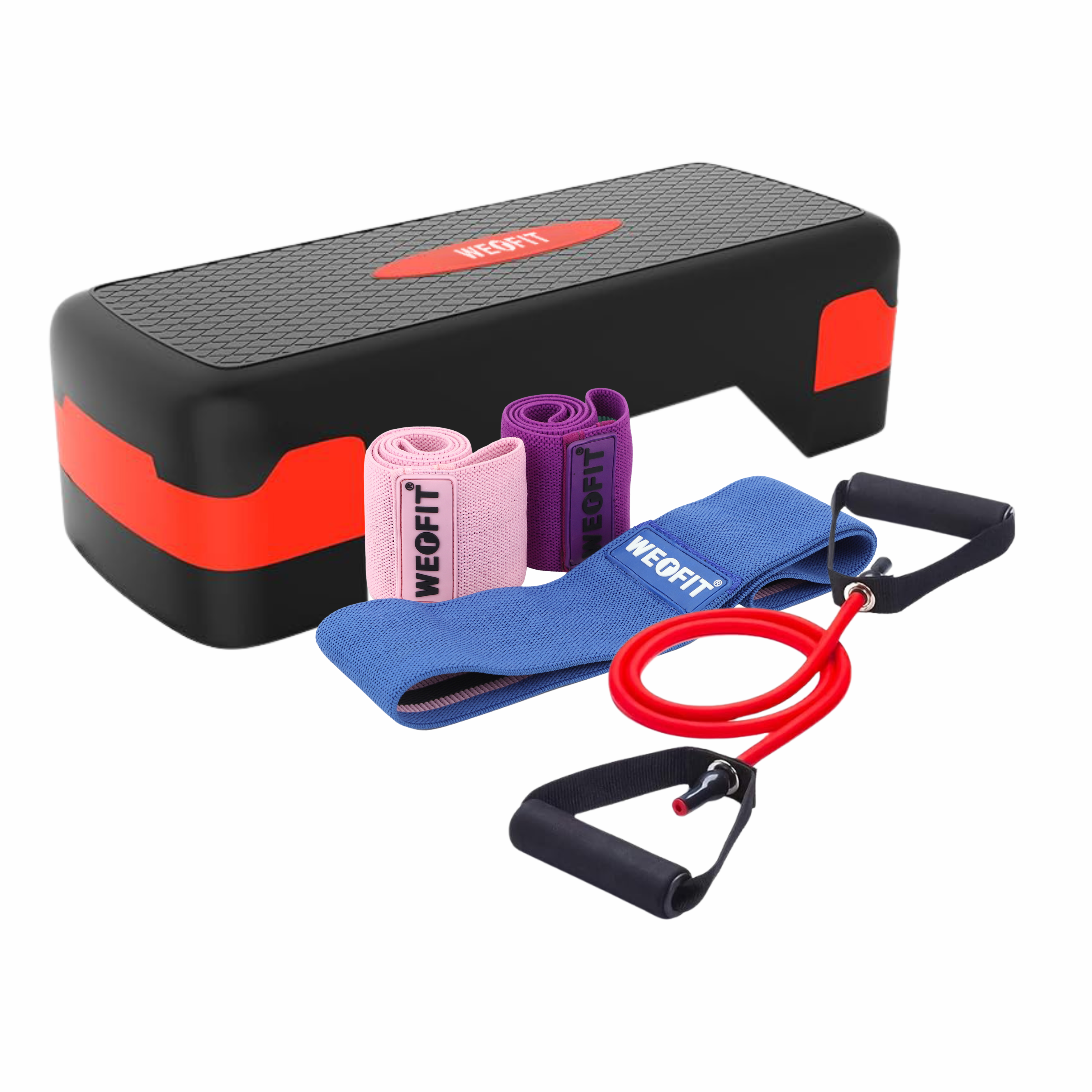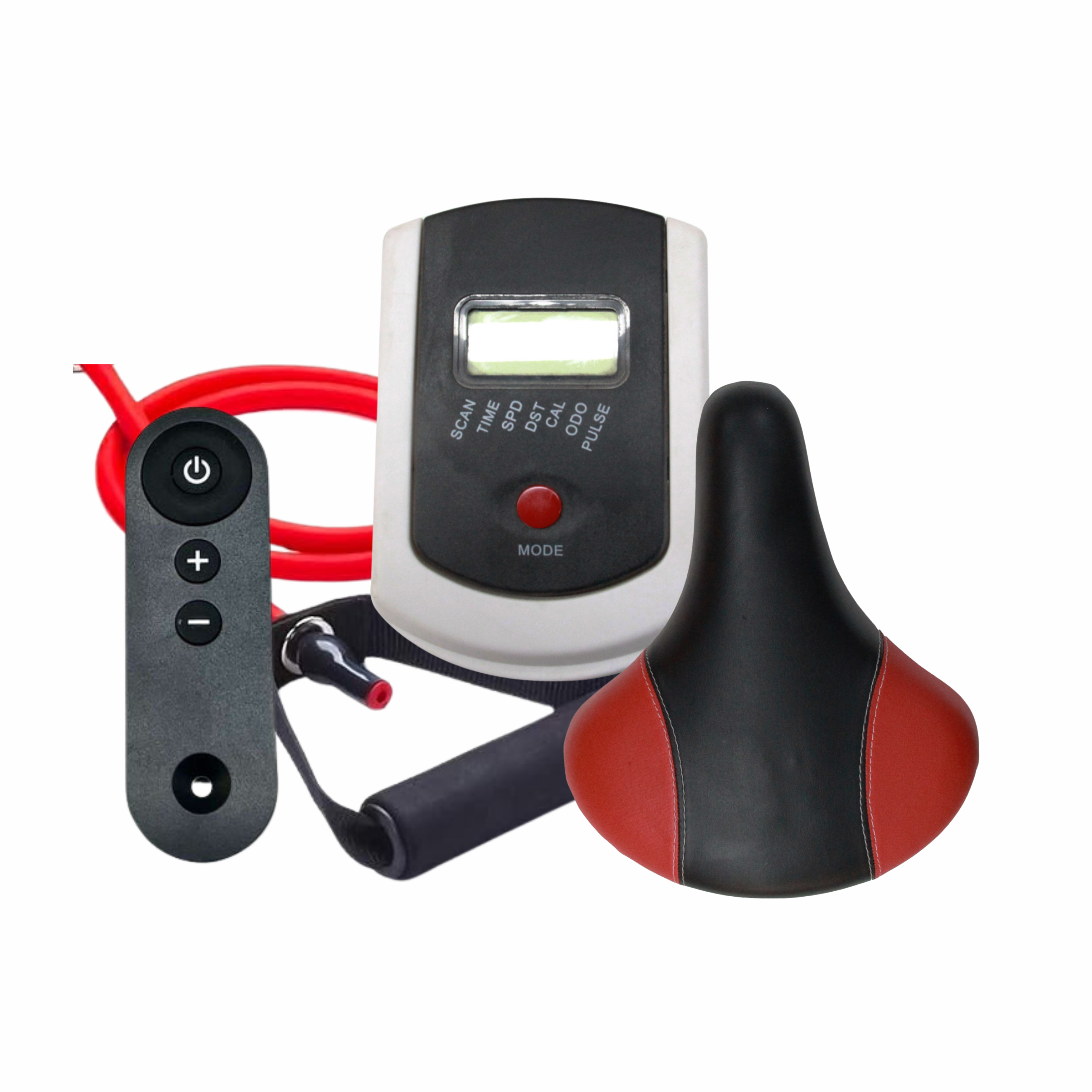
What are the most effective exercises for overall fitness?
What are the Most Effective Exercises for Overall Fitness?
Introduction
Staying fit is not just about looking good; it's about feeling great and maintaining a healthy lifestyle. Achieving overall fitness means incorporating various types of exercises into your routine to enhance cardiovascular health, build strength, increase flexibility, and boost mental well-being. Let's explore some of the most effective exercises that can help you achieve optimal fitness.
Cardiovascular Exercises
Cardiovascular, or cardio exercises, are essential for maintaining a healthy heart and lungs. They improve endurance, burn calories, and enhance overall cardiovascular health.
Benefits of Cardio Workouts
Cardio workouts increase heart rate, improve blood circulation, and help burn fat. Regular cardio exercise reduces the risk of heart disease, lowers blood pressure, and boosts metabolism.
Running and Jogging
Running and jogging are accessible and effective cardio exercises. They require minimal equipment and can be done anywhere. Start with short distances and gradually increase your pace and distance as your endurance improves.
Cycling
Cycling is a low-impact exercise that strengthens the legs and improves cardiovascular health. Whether you prefer outdoor biking or stationary cycling, this activity can be a fun and effective way to get your heart pumping.
Swimming
Swimming is a full-body workout that is easy on the joints. It enhances cardiovascular fitness, builds muscle strength, and improves flexibility. Swimming laps or participating in water aerobics can be excellent additions to your fitness routine.
Jump Rope
Jumping rope is a high-intensity cardio workout that improves coordination, burns calories, and strengthens the lower body. It's an effective and portable exercise that can be done almost anywhere.
Strength Training
Building muscle is crucial for overall fitness. Strength training exercises help increase muscle mass, boost metabolism, and improve bone density.
Importance of Building Muscle
Muscle mass supports metabolism, aids in weight management, and enhances physical performance. Strength training also reduces the risk of injury by strengthening ligaments and tendons.
Weightlifting
Weightlifting involves lifting weights to build muscle strength and endurance. Exercises like squats, deadlifts, and bench presses target major muscle groups and promote muscle growth.
Bodyweight Exercises
Bodyweight exercises use your body's weight as resistance. Push-ups, pull-ups, and squats are effective for building strength and can be done anywhere without the need for equipment.
Flexibility and Mobility Exercises
Flexibility and mobility exercises enhance the range of motion, reduce the risk of injury, and improve overall physical performance.
Benefits of Flexibility
Improved flexibility aids in better posture, reduces muscle soreness, and enhances overall movement efficiency. It also helps prevent injuries during other forms of exercise.
Yoga
Yoga combines physical postures, breathing exercises, and meditation. It improves flexibility, builds strength, and promotes relaxation. Various styles of yoga cater to different fitness levels and goals.
Pilates
Pilates focuses on core strength, flexibility, and overall body conditioning. It involves controlled movements that enhance muscular endurance and improve posture.
Stretching Routines
Incorporating regular stretching routines into your fitness plan helps maintain flexibility and prevent injuries. Dynamic stretches before workouts and static stretches after workouts are beneficial.
High-Intensity Interval Training (HIIT)
HIIT involves short bursts of intense exercise followed by brief rest periods. It's a time-efficient workout that burns calories and improves cardiovascular fitness.
What is HIIT?
HIIT alternates between high-intensity exercises and low-intensity recovery periods. This method keeps your heart rate elevated and maximizes calorie burn.
Benefits of HIIT
HIIT improves cardiovascular health, increases metabolism, and builds endurance. It's also effective for burning fat and maintaining muscle mass.
Sample HIIT Workout
A typical HIIT workout might include exercises like sprinting, jumping jacks, and burpees, performed at maximum effort for 30 seconds, followed by 15 seconds of rest, repeated for several rounds.
Core Strengthening Exercises
A strong core is essential for overall fitness, as it stabilizes the body and improves balance and posture.
Importance of a Strong Core
Core strength supports everyday movements, reduces the risk of injury, and enhances athletic performance. It also alleviates back pain by supporting the spine.
Planks
Planks are a simple yet effective core exercise. They engage multiple muscle groups, including the abs, back, and shoulders. Aim to hold a plank position for as long as possible, gradually increasing the duration.
Russian Twists
Russian twists target the oblique muscles and improve rotational strength. Perform this exercise by sitting on the ground, leaning back slightly, and twisting your torso from side to side.
Leg Raises
Leg raises strengthen the lower abdominal muscles. Lie on your back with your legs extended, then lift them towards the ceiling, keeping them straight, and lower them back down slowly.
Functional Fitness
Functional fitness focuses on exercises that mimic everyday movements, enhancing overall strength and coordination.
What is Functional Fitness?
Functional fitness involves multi-joint movements that improve daily life activities. These exercises train your muscles to work together and prepare them for real-life tasks.
Benefits of Functional Movements
Functional exercises improve balance, coordination, and strength. They reduce the risk of injury by promoting proper movement patterns.
Sample Functional Fitness Exercises
Exercises like squats, lunges, and kettlebell swings are examples of functional fitness movements. These exercises engage multiple muscle groups and improve overall functional strength.
Balance and Stability Exercises
Balance and stability exercises enhance coordination and prevent falls, particularly important as we age.
Importance of Balance
Good balance improves athletic performance, reduces the risk of injuries, and enhances overall physical stability.
Balance Training
Balance training can include exercises like standing on one leg, using a balance board, or performing yoga poses. These activities challenge your stability and improve your coordination.
Stability Ball Exercises
Using a stability ball for exercises like crunches, planks, and leg lifts adds an element of instability, engaging your core and improving balance.
Exercise for Mental Health
Exercise is not just beneficial for the body; it's also crucial for mental health. It can boost mood, reduce stress, and improve overall well-being.
Connection Between Exercise and Mental Well-being
Physical activity releases endorphins, which are natural mood lifters. It also reduces stress hormones like cortisol and helps alleviate symptoms of anxiety and depression.
Exercises to Boost Mood
Activities like brisk walking, jogging, and yoga are particularly effective for improving mental health. These exercises promote relaxation, enhance mood, and increase overall well-being.
Creating a Balanced Workout Plan
A balanced workout plan incorporates various types of exercises to ensure overall fitness and prevent boredom.
Importance of Variety in Workouts
Mixing different types of exercises keeps your routine interesting and prevents plateaus. It also ensures that all aspects of fitness—strength, endurance, flexibility, and balance—are addressed.
How to Mix Different Types of Exercises
Combine cardio, strength training, flexibility exercises, and balance training into your weekly routine. For example, alternate between running, weightlifting, yoga, and HIIT sessions throughout the week.
Common Mistakes to Avoid
To maximize the effectiveness of your workouts, avoid common pitfalls that can hinder progress or lead to injury.
Overtraining
Overtraining can lead to burnout, injury, and decreased performance. Ensure you have adequate rest days and listen to your body's signals.
Skipping Warm-ups and Cool-downs
Warm-ups prepare your body for exercise, and cool-downs help with recovery. Skipping these can increase the risk of injury and prolong recovery time.
Ignoring Form and Technique
Proper form and technique are crucial for preventing injuries and ensuring the effectiveness of exercises. Focus on performing each movement correctly, even if it means using lighter weights or modifying exercises.
Nutrition and Hydration
Proper nutrition and hydration are essential for fueling workouts and aiding recovery.
Role of Diet in Overall Fitness
A balanced diet provides the necessary nutrients to support your fitness goals. Include a mix of carbohydrates, proteins, and fats to fuel your body and aid muscle recovery.
Hydration Tips for Optimal Performance
Stay hydrated by drinking water throughout the day, especially before, during, and after workouts. Hydration supports muscle function, prevents cramps, and improves overall performance.
Tracking Progress
Monitoring your progress is crucial for staying motivated and making necessary adjustments to your fitness plan.
Importance of Monitoring Progress
Tracking progress helps you see improvements over time, identify areas that need attention, and set realistic goals.
Tools and Methods for Tracking Fitness
Use fitness apps, journals, or wearable devices to log your workouts, monitor your heart rate, and track changes in strength and endurance.
Staying Motivated
Maintaining motivation is key to a successful fitness journey. Here are some tips to keep you inspired.
Tips to Keep Your Fitness Journey Exciting
Vary your workouts, set short-term and long-term goals, and reward yourself for milestones achieved. Joining a fitness group or finding a workout buddy can also provide support and encouragement.
Setting Realistic Goals
Set achievable and specific goals that align with your fitness level and aspirations. Break them down into smaller, manageable steps to stay motivated and track progress.
Conclusion
Achieving overall fitness involves a combination of cardiovascular exercises, strength training, flexibility, and balance workouts. By incorporating a variety of exercises into your routine and avoiding common mistakes, you can enjoy the numerous benefits of a well-rounded fitness regimen. Remember, consistency is key, and making exercise a regular part of your life will lead to lasting improvements in your health and well-being.
FAQs
1. How often should I exercise?
- It's recommended to aim for at least 150 minutes of moderate-intensity cardio or 75 minutes of high-intensity cardio each week, along with two or more days of strength training.
2. Can I achieve overall fitness with just one type of exercise?
- While focusing on one type of exercise can improve specific aspects of fitness, a well-rounded approach that includes cardio, strength training, flexibility, and balance exercises is best for overall fitness.
3. What should I eat before and after a workout?
- Before a workout, eat a balanced snack that includes carbohydrates and protein, such as a banana with peanut butter. After a workout, focus on protein and carbs to aid recovery, like a smoothie with protein powder and fruit.
4. How long does it take to see results?
- Results vary depending on individual factors and consistency, but you may start to see improvements in strength and endurance within a few weeks. Significant changes in fitness and physique typically take several months.
5. Are there exercises to avoid if I have specific health conditions?
- If you have health conditions or injuries, consult a healthcare professional before starting a new exercise program. They can provide guidance on which exercises are safe and beneficial for your condition.
Follow us for more updates.

